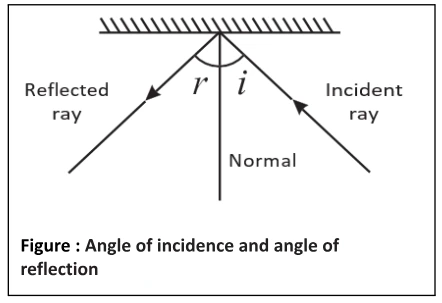![]() December 14, 2023
December 14, 2023
![]() 381
381
![]() 0
0
An object reflects light that falls on it. This reflected light is received by our eyes and enables us to see things. We are able to see through a transparent medium as light is transmitted through it. Objects like the sun that give out or emit light of their own are called luminous objects. There are a number of phenomena associated with light such as image formation by mirrors, the twinkling of stars, the beautiful colours of a rainbow, bending of light by a medium and so on, all of which are intricately connected with the principles encapsulated in the laws of reflection.


Nearly everything we see around is seen due to reflected light. The Moon, for example, receives light from the Sun and reflects it. The objects which shine in the light of other objects are called illuminated objects. There are other objects, which give their own light, such as the Sun, fire, flame of a candle and an electric lamp. Their light falls on our eyes. That is how we see them. The objects which emit their own light are known as luminous objects.
<div class="new-fform">
</div>

Latest Comments